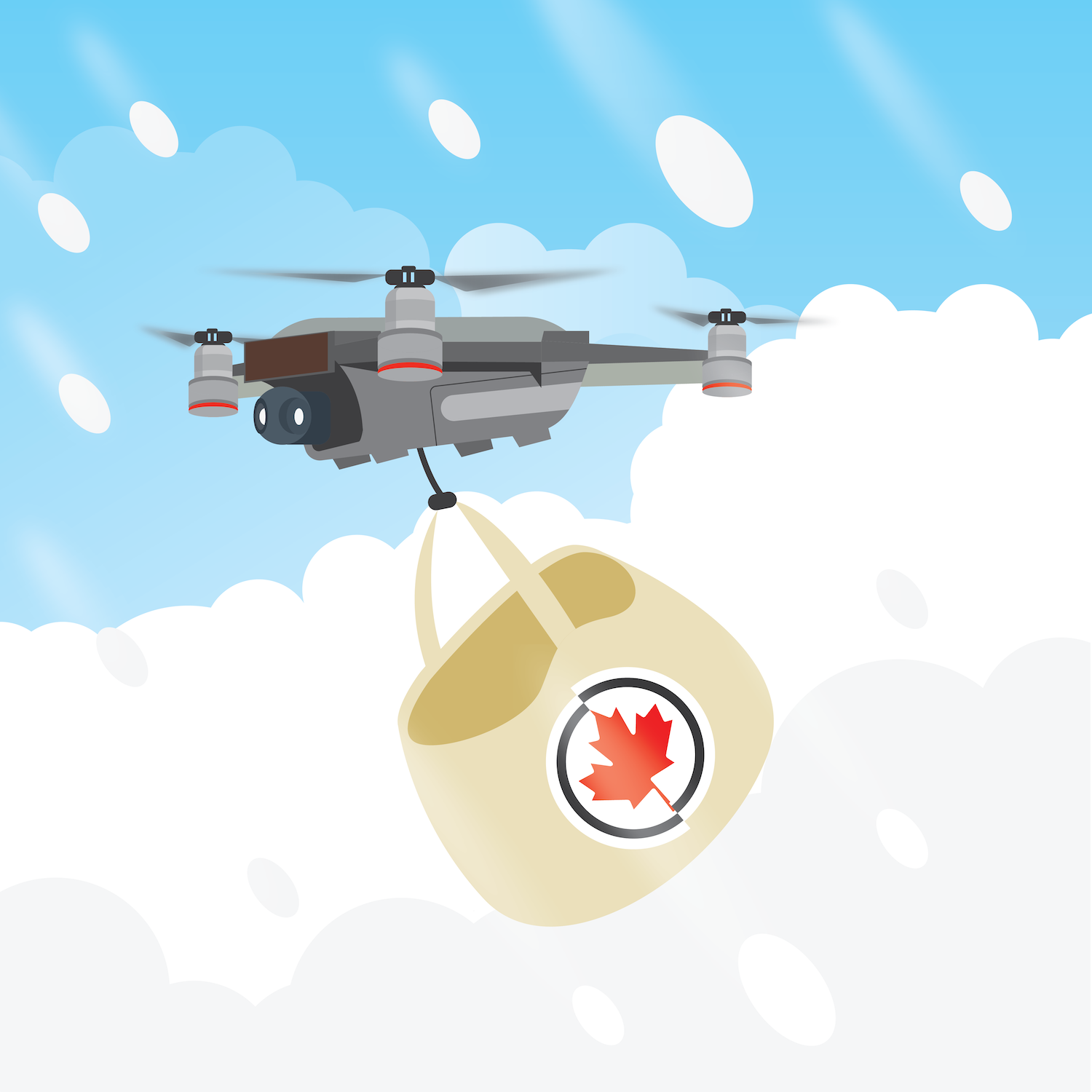Last month marked the announcement of the much needed Nutrition North program update and expansion to increase food security in northern Canada. Due to the extreme weather and isolation of Northern communities, it’s costly for retailers to ship food by any means except air. It’s especially difficult to maintain the freshness and standard of produce in storage and transit under the harsh conditions. This contributes to exorbitant price tags that have shocked Canadians in recent years; a bottle of ketchup can run a family $16.50, and a bag of grapes can set you back by $28.
PROOF, a research team focused on food insecurity in Canada, uses data from Statistics Canada to publish annual reports. They found that food insecurity in Nunavut households rose to a staggering 50.8 per cent in 2015/16 (a 4 per cent increase since 2014), and these prices can help explain why. The Nutrition North program is the Canadian government’s subsidy program to bring down the upfront cost of food to families, but it’s had its fair share of flaws. This update to the program was much anticipated since the programs implementation in 2011, but will it be enough?
Changes to the program were based on a 2016 engagement report conducted by the Government of Canada that engaged residents of isolated Northern communities, food suppliers, Indigenous organizations, and local governments among others. The changes that were implemented included subsidized food that was more relevant to Northerners, including ingredients like flour for making bread products and bannock, and lower costs on local meats. Similarly, there’s now a subsidy category for country, or traditional, food that receive higher subsidy rates. Smaller retailers can also now be financially supported by Nutrition North, meaning that more family-run businesses can participate in the program. There were also increases to subsidy rates for household staples such as fresh and frozen vegetables, dried beans, infant formula, and diapers. For isolated communities lacking access to food shipments, this has been taken into account by subsidies now being available on a wider range of goods, and the Harvesters Support Grant program has also been developed to fund traditional hunting and harvesting.
Many Inuit leaders are welcoming the updates, but keeping in mind that Northern populations are largely Inuit and First Nation, the government’s neglect up until now has been in incredibly bad taste. Not only that, but all five of Canada’s major Inuit organizations pulled out of the consultations for the Nutrition North program, explaining that they felt their input wasn’t being considered for Inuit-specific changes.
Unfortunately, this has become a regular occurrence when it comes to the federal government working with Indigenous groups. There are upcoming changes for the government to show it’s serious about working with Inuit leaders though; a new Inuit-to-Crown working group is being developed to focus on food security, and the government recently proposed to increase Nutrition North’s funding by $62.6 million over five years with the previous budget being $99 million in 2018-19.
The Inuit-to-Crown work group and the further development of the Nutrition North program are major steps in the right direction for the Government of Canada, but they shouldn’t be the last. Critics have already pointed out that, despite the improvements, Amazon Prime can still offer Northern families lower prices than grocers on a variety of edible goods. Elisapee Sheutiapik, Nunavut’s minister for poverty reduction, commented that retailers are benefiting the most from the program at the moment, not citizens, and that there is little transparency and documentation when it comes to how companies are using subsidy funding. Food for thought? It’s time that Canada makes the North a priority and work with territorial governments instead of leaving more Indigenous communities on the back burner.
Image: Cory Jensen/The Cascade
Chandy is a biology major/chemistry minor who's been a staff writer, Arts editor, and Managing Editor at The Cascade. She began writing in elementary school when she produced Tamagotchi fanfiction to show her peers at school -- she now lives in fear that this may have been her creative peak.


